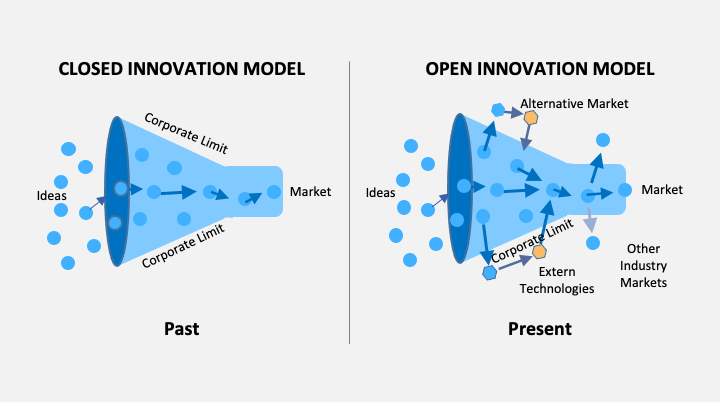There is no widely agreed definition of national innovation systems. National innovation systems are built on the assumption that understanding the interconnectedness of the actors engaged in innovation is crucial to enhancing technical performance. Innovation and technological advancement are the outcomes of a multifaceted network of connections between actors who produce, transmit, and consume various types of knowledge. The manners in which these actors interrelate with one another as components of a social system of knowledge consumption and generation, and also the technology they employ, have a significant influence on a country’s creative performance. The most prevalent actors are public research institutions, universities, and commercial enterprises, as well as the individuals who work for them.… Read the rest
International Business Management
Paradox of Globalization vs. Localization
In today’s continuously changing world, globalization is what every business, organization, and nation should seek and welcome as a positive change. However, many people are unaware of the main focus and meaning of globalization, especially in comparison to localization. A large number of people believe that globalization is just another common word used to refer to changes and differences that cannot be explained. Therefore, many different activities or changes are improperly labelled to be a part of or caused by globalization.
Localization is the process of adapting a product or service to a particular language, culture, and desired local preferences. Ideally, a product or service is developed so that localization is relatively easy to achieve – for example, by creating technical illustrations for manuals in which the text can easily be changed to another language.… Read the rest
Concept of Export Diversification in International Business
Earlier a country’s economic development was based either on the degree of specialization or diversification of a country’s production and trade structure. Based on Adam Smith’s concept towards the division of labor and specialization for economic growth and development to Heckscher-Ohlin Samuelson (HOS) model of international trade, countries should specialize in producing and specializing in the goods in which they have a comparative advantage. However, after the Second World War, the idea was that economic growth and development may be achieved by export diversification (not specialization). There were active efforts by the government to promote industrialization and economic growth.
Export diversification is often the primary objective of many developed countries.… Read the rest
Three Approaches for Promoting Diversity in the Workplace
Though, diversity can have a wide range of meanings, some companies use the traditional Equal Employment Opportunity Commission (EEOC) definition of diversity, which deals with differences in gender, racioethnicity, and age. Other companies tend to favor the broadest definitions of diversity, ones that encompass differences in gender, racioethnicity, age, physical abilities, qualities, and sexual orientation, as well as differences in attitudes, perspectives and background. Many individuals rely on a more detailed definition of diversity considering diverse people as being in the non-dominant social system who have been traditionally under research and under served. While there is no correct definition of diversity, the three diversity initiatives discussed in this article seem to target a definition that encompasses creating a diverse work environment that is inclusive to everyone, specifically focusing on the inclusion of minorities and non minorities.… Read the rest
Evaluation of Porter’s Diamond Model
In the globalization era, we observed an increment of multinational corporations as well as small businesses that aim to internationalize. Those, in order to be successful in their internationalization process, try to find abroad a location that fits them the most institutionally, culturally and opportunities wise. To make this happen, MNCs uses home and host location strategies which reflect to international business theories through different models. Those models assess external environment analysis of a specific country and explain the concepts used behind the chosen location. Out of the many useful models explaining location strategies used by international companies, this article will focalize on the Diamond Model and discuss whether is a useful concept for international firms to pursue the best entry mode and furthermore argue the advantages and disadvantages through the examination of a real case example such as the multinational IKEA.… Read the rest
Understanding the Importance of International Business Strategy
The survival and progression of businesses in the 21st century is highly dependent on the ability of firms to expand beyond their national borders, taking into account the cost effectiveness of expansion and the complexity and risks associated with the company’s chosen international business strategy. The resources and objectives of a firm, as well as the demand for their product outside their national borders are important in taking the decision to globalize a company’s products and/or services. Although three strategies are more common, namely multi domestic, global and transnational approaches, the fourth strategy available to firms is the international approach to global expansion.… Read the rest
